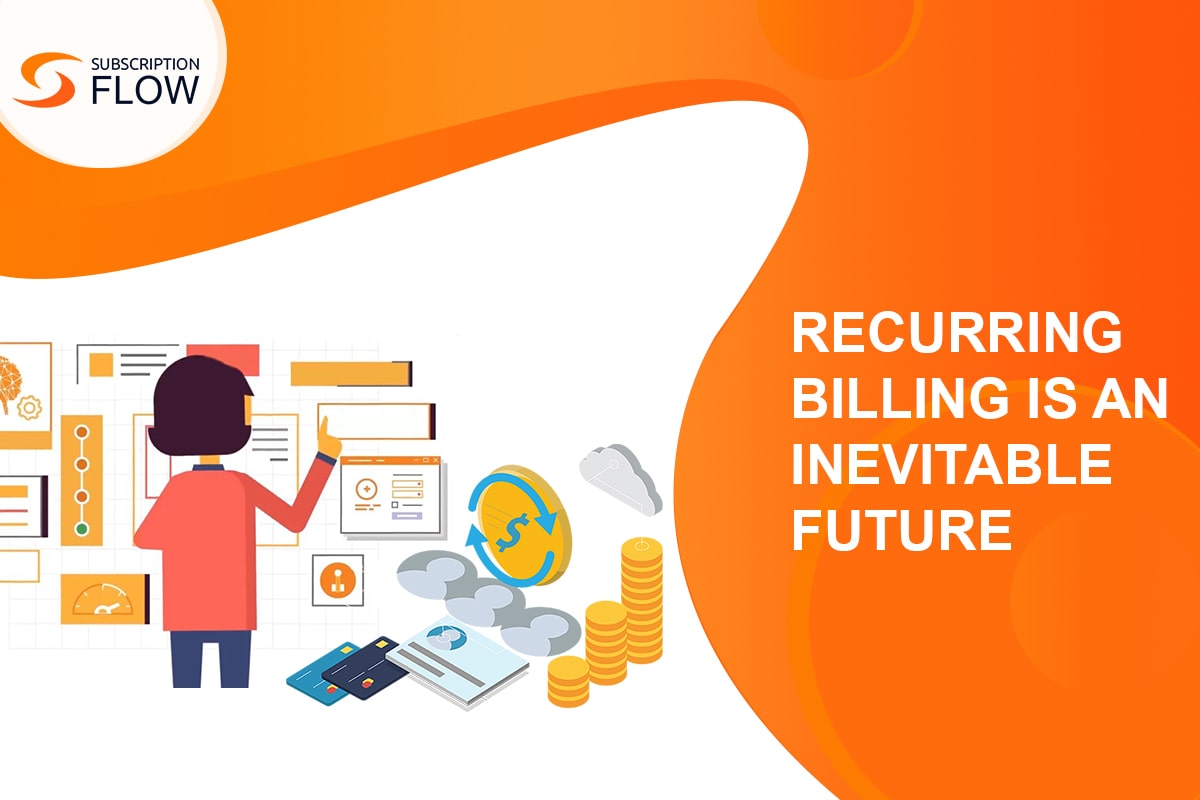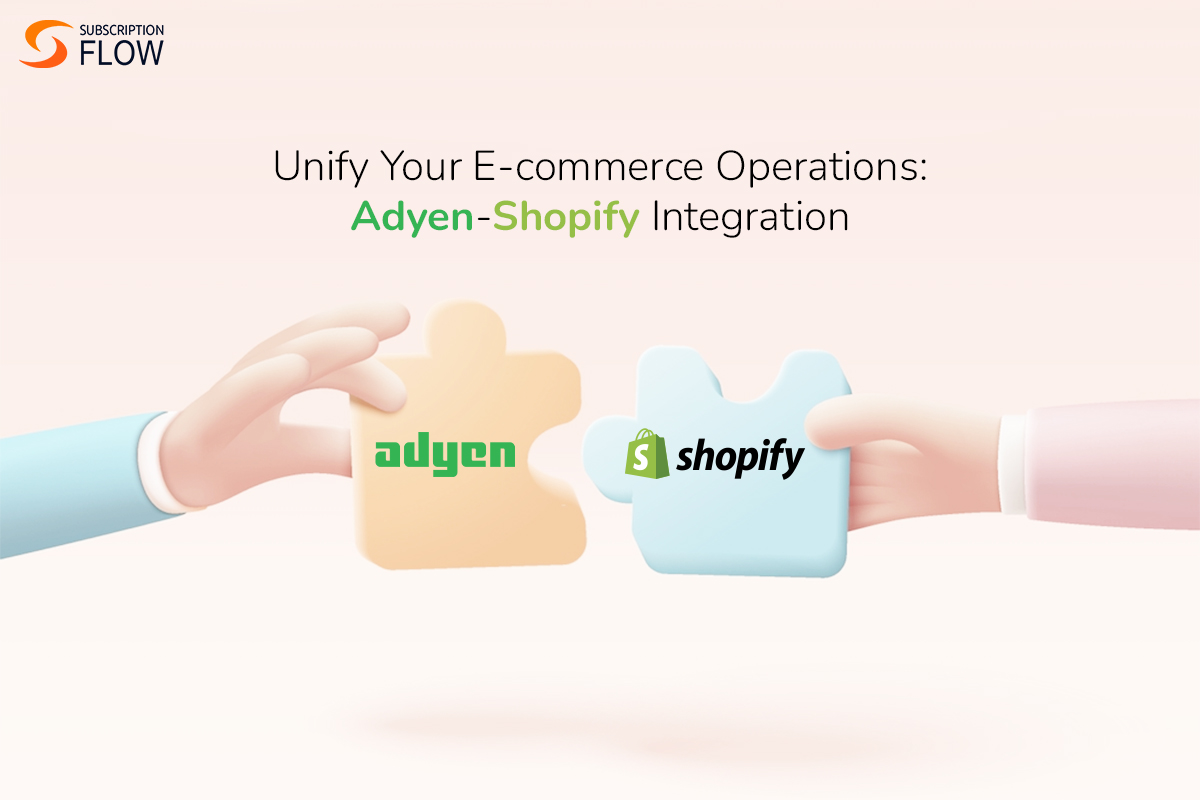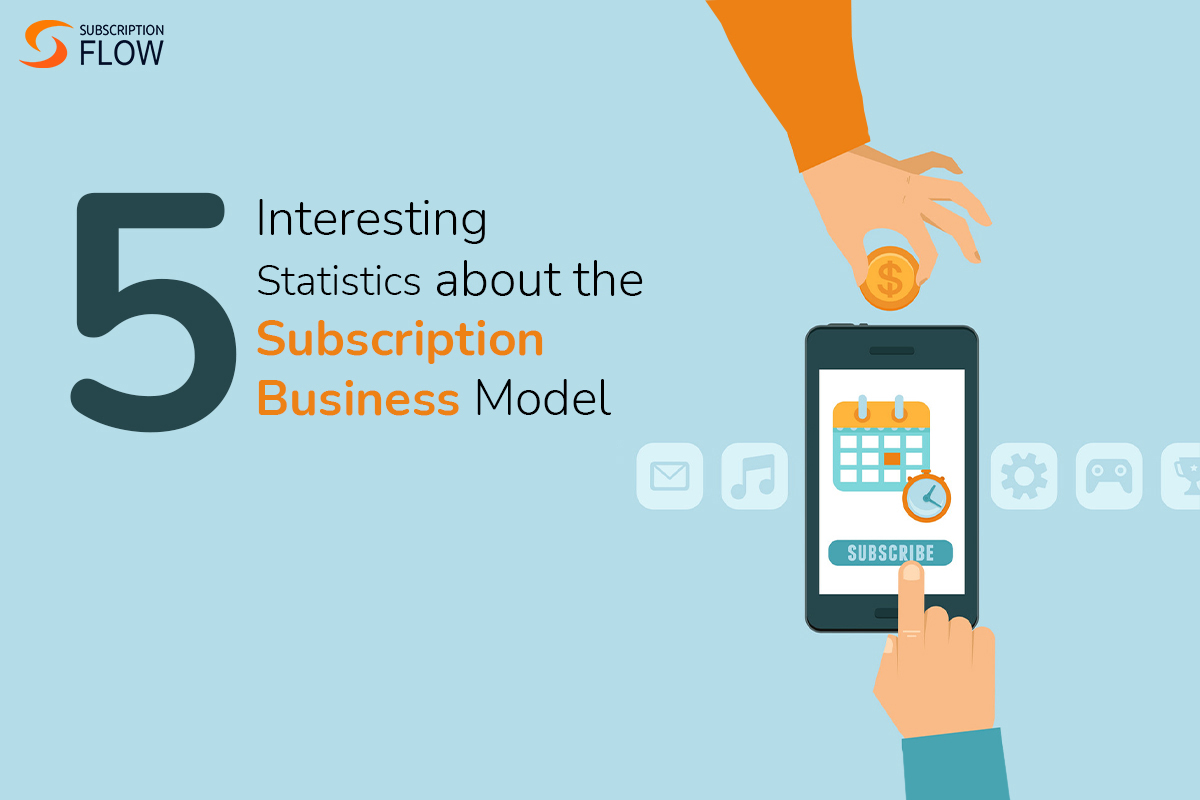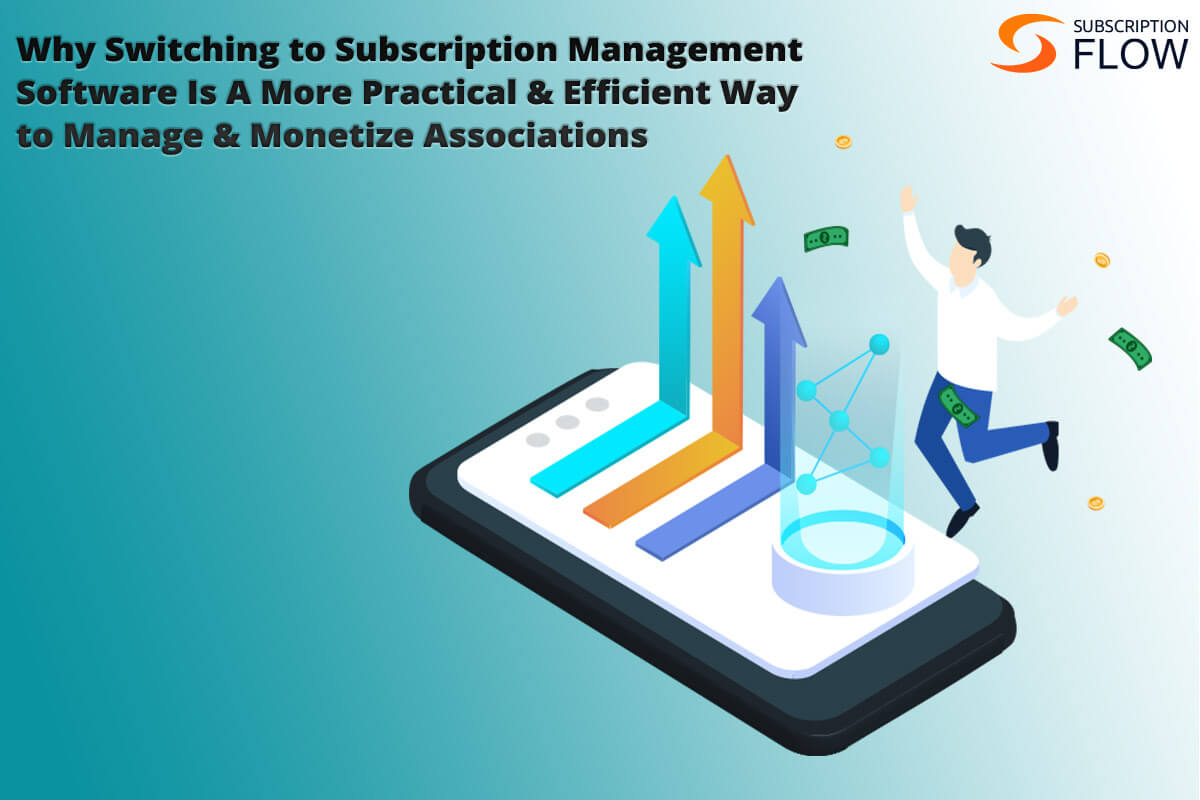
Subscription-Based Business Model Explained-Proliferate Revenue Opportunities with Recurring Billing
Hundreds of thousands of people have subscribed to Netflix or Spotify to get along with their entertainment available with unlimited options. A gym subscription is a promise we have made to our health and well-being. And, the baking supplies subscription box is the best gift anyone can give to their old-school mom-at-home, every month, and at her doorstep, so she can live her passion.
We all have subscriptions for the internet, telecom, and many other services. Not only this, now we have subscriptions available for products, we need on a recurring basis, right at our doorstep as a subscription box. A survey reports 46 percent of customers are already paying for at least one subscription service.
Subscriptions are taking over the markets. In a decade only, subscription businesses have reshaped the business models. The subscription economy has boosted up to a thousandfold and is continued to evolve while supporting businesses from across the industries.
Subscription isn’t a new concept. It has been here for ages but the internet and the overwhelming advancement of technology reload it with benefits that attract more customers, revenue, and brand awareness.
This piece will overview the subscription-based business model, its types and characteristics, and the growing trends of the subscription commerce and subscription market.
What is a Subscription Business Model?
Subscription is a recurring billing model that allows access to the products or services against the recurring payments paid after a certain interval for a term of the subscription. Customers can be charged hourly, daily, monthly, or annually. Or, they can be charged based on their usage or the quality of the consumption, or maybe in tiers.
Some subscription services offer their customers the optimized billing model tailored for them only. This is the pinnacle of the flexibility and stability of the subscription business model that attracts merchants or vendors and customers alike. This is why over the past seven years, companies throughout North America, Europe, and the Asia Pacific have seen subscription-based sales increase by more than 300 percent.
Proliferating the recurring revenue opportunities with the scalability to cater to a range of customers with diverse needs and resources, the subscription business model, in a few years only, have captured a big chunk of the market with traditional, content, services, physical goods, rentals, leases, and all different form of the recurring billing businesses.
Types of the Subscription Businesses
Subscription businesses can be categorized into various types based on their product or services, the channel of the recurring revenue, billing model, and management. They can be categorized as physical goods or digital products, or subscription businesses can be classified as B2B or B2C subscriptions.
Subscription businesses can also be categorized as:
- Traditional Subscriptions—it includes newspaper, magazine, broadcast, telecom, power, and other subscriptions that we all have been using for ages.
- Content Subscriptions—streaming services, gated content, gaming content, adult content, e-libraries, research publications, and others are examples of content subscriptions.
- Cloud Subscriptions—all sorts of SaaS (Software as a Service), IaaS (Infrastructure as a Service), and PaaS (Platform as a Service) subscriptions are the types of cloud subscriptions.
- Product Subscriptions—these include subscriptions of the physical products. These could be the eCommerce subscriptions of the product of recurring use or heavy machines and automobiles available on subscriptions.
- Service Subscriptions—gym, personal care, Telehealth, online tutoring, online consultancies, cab services, and many more are the few sub-types of the service subscriptions.
- Discount Subscriptions—it is a type of eCommerce subscription. The discount subscriptions help customers to save some bucks on different products, shops, sites, or other marketplaces.
- Hybrid Subscriptions—as the name suggests, it can be tailored as a blend of different subscriptions.
- Subscription Box Subscriptions—it can be considered a sub-type of the product subscription as an assortment of items in a themed box available to the customer on a recurring basis.
How Subscription-Based Business Model Impacts the Business Growth and Revenue Streaming?
Varying customer purchasing preferences synced with the burgeoning technological advancements created the craving for relevance and personalization in the market that subscription can manage at its best. The pandemic further took it to its tipping point and revived the digital market.
During this period only, the highest surge in digital media, streaming, e-paper, cloud-based automation and management solutions, subscription boxes, Telehealth, telecom, online educations, and other services subscription demand has been recorded.
- Demand and Supply Forecasting
Subscription not only pre-sets, but it also ensures continuity of demand and supply for a pre-defined period for merchants or vendors. It also eliminates the trial and tribulations of unpredictable demand, supply issues, fluctuation in the market, customer loss, payment problems, and many more with better order and inventory management.
On the other hand, it allows customers to manage subscriptions in the budget for a definite time and get the supply of their needs and wants without the hassle of ordering it every time.
- Business Growth Stability, Recurring Revenue Reliability, and Revenue Predictability
Subscription creates an ecosystem that ensures consistency in streaming recurring revenue. The recurring revenue drives stability in the business growth with the predictability of cash inflow in the system.
One major advantage of the subscription business model is that customers continue with the subscription quite long. Often, they upgrade or downgrade their plan as per their needs and remain stick to the product or service. That makes predicting revenue much easier and allows you to plan for a longer-term.
- Ensured Customer Loyalty and Lower Sales and Marketing Costs with More Customer Retention
Subscription means more time and more opportunity to win the trust of the customer that influences them for upgrades or re-subscription. When the customer is satisfied with the product or service during the subscription term, they tend to continue with the service. It lessens the need to target them with extensive remarketing. Loyal customers are less likely to churn, which means you don’t have to increase marketing overheads for retention marketing.
Wrapping Up the Subscription-Based Business and Its Management…
The subscription economy is skyrocketing and is estimated to grow from USD 2.90 Billion in 2016 to USD 6.01 Billion by 2021. The market is expected to grow at a Compound Annual Growth Rate (CAGR) of 15.7% because of the increasing demand for combined high-performance order and billing and payment software.
An efficient and hi-end AI-powered subscription management software like SubscriptionFlow is the answer to all the solutions. It has provided many advantages to users in the forms of reduced initial setup cost, multiple billing models support with pice optimization, options for payment processing, automated invoicing, and efficient subscription and customer management.










